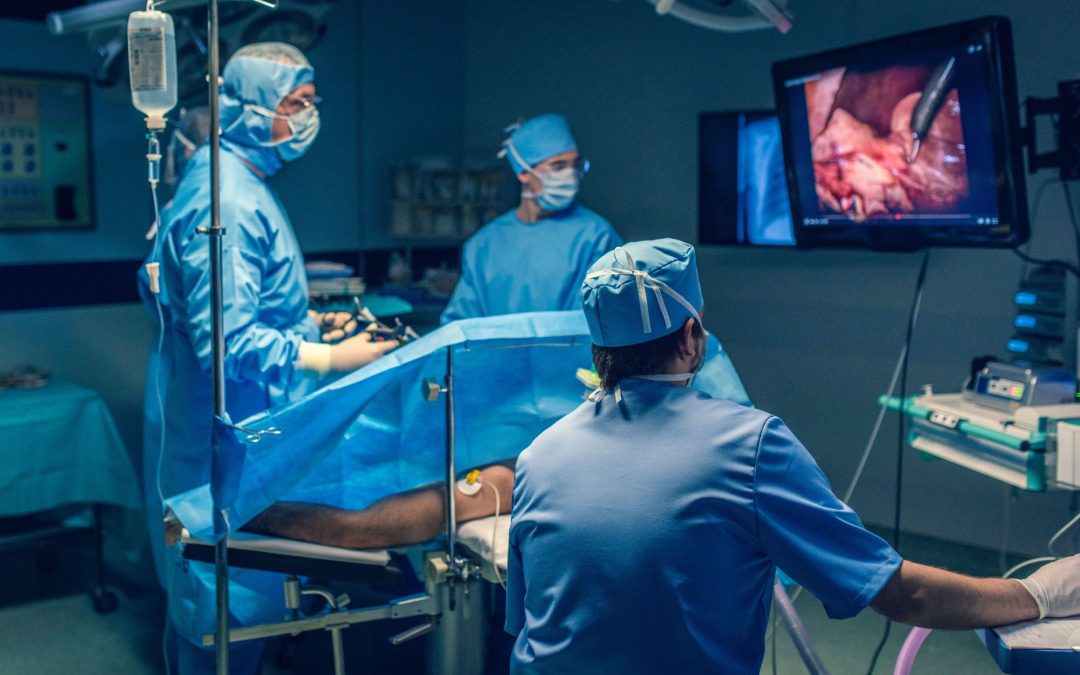A stroke occurs when a blood vessel in the brain ruptures and bleeds, or when there’s a blockage in the blood supply to the brain. The rupture or blockage prevents blood and oxygen from reaching the brain’s tissues.
A stroke is a medical emergency. It’s crucial to get medical treatment right away. Getting emergency medical help quickly can reduce brain damage and other stroke complications.
Symptoms
If you or someone you’re with may be having a stroke, pay attention to the time the symptoms began. Some treatments are most effective when given soon after a stroke begins.
- Paralysis
- numbness or weakness in the arm, face, and leg, especially on one side of the body
- trouble speaking or understanding others.
- slurred speech
- confusion, disorientation, or lack of responsiveness
- sudden behavioural changes, especially increased agitation
- vision problems, such as trouble seeing in one or both eyes with vision blackened or blurred, or double vision.
- trouble walking
- loss of balance or coordination
- dizziness
- severe, sudden headache with an unknown cause
- seizures
- nausea or vomiting
What causes a stroke?
The cause of a stroke depends on the type of stroke. Strokes fall into three main categories:
- transient ischemic attack (TIA)
often called a TIA or ministroke, occurs when blood flow to the brain is blocked temporarily.
- ischemic stroke
Symptoms are similar to those of a full stroke. However, they’re typically temporary and disappear after a few minutes or hours, when the blockage moves, and blood flow is restored.
is when cells don’t get enough blood flow to supply them with oxygen. This usually happens because something blocks blood vessels in your brain, cutting off blood flow. Ischemic strokes are the most common and account for about 80% of all strokes.
- hemorrhagic stroke
strokes cause bleeding in or around your brain. This happens in one of two ways: Bleeding inside of your brain & bleeding into the subarachnoid space (the space between your brain and its outer covering).
How are strokes diagnosed?
A healthcare provider can diagnose a stroke using a combination of a neurological examination, diagnostic imaging and other tests. During a neurological examination, a provider will have you do certain tasks or answer questions. As you perform these tasks or answer these questions, the provider will look for telltale signs that show a problem with how part of your brain works.
The most common tests:
- Computerized tomography (CT scan)
- Lab blood tests (looking for signs of infections or heart damage, checking clotting ability and blood sugar levels, testing how well kidneys and liver function, etc.).
- ECG or EKG to make sure that a heart issue isn’t the source of the problem.
- MRI Scan
- EEG though less common, can rule out seizures or related problems.
When to see a doctor
Seek immediate medical attention if you notice any symptoms of a stroke, even if they seem to come and go or they disappear completely. Think “FAST” and do the following:
- Face. Ask the person to smile. Does one side of the face droop?
- Arms. Ask the person to raise both arms. Does one arm drift downward? Or is one arm unable to rise?
- Speech. Ask the person to repeat a simple phrase. Is the person’s speech slurred or different from usual?
- Time. If you see any of these signs, call 911 or emergency medical help right away.



